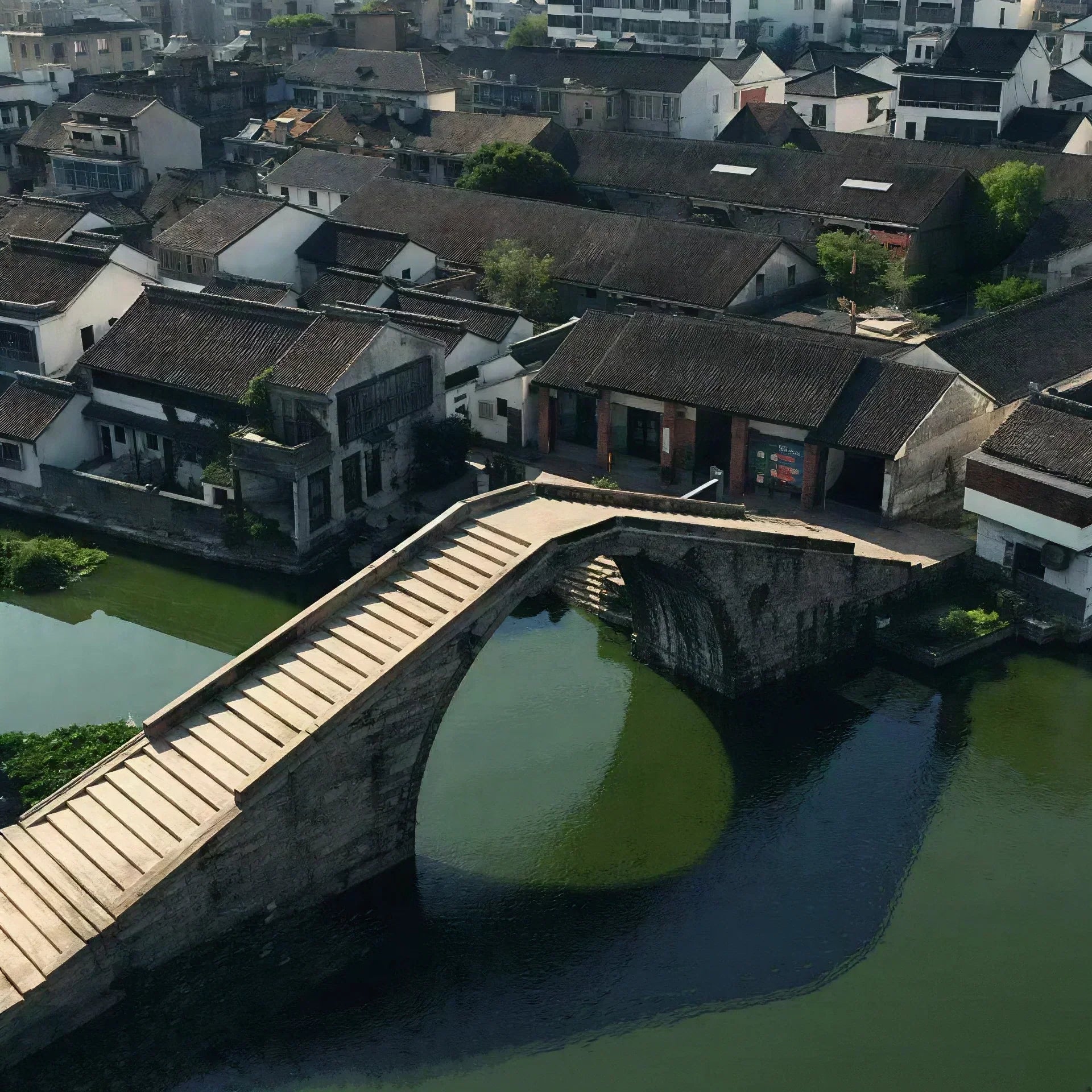The Jiangsu Grand Canal, a key section of China's Grand Canal, is not only a golden waterway running north-south, but also a story of civilization flowing through millennia. Since ancient times, it has traversed Yangzhou, Huai'an, Suzhou, Wuxi, Xuzhou, and other cities, connecting prosperous cities and fertile plains, and nurturing a cultural landscape with a unique Jiangnan charm.
The ancient towns and docks along its banks were once bustling hubs of merchants and boats. Today, strolling along the ancient streets along the river, one can still feel the vitality and warmth born of the water. The Grand Canal not only promoted economic and transportation exchanges but also shaped a rich tapestry of intangible cultural heritage and humanistic stories—from Yangzhou lacquerware and Suzhou kesi silk to Huai'an cuisine, all reflect the cultural depth of this waterway.
The significance of the Jiangsu Grand Canal transcends geography; it serves as a cultural link connecting the past and the future. Amidst the tides of time, this ancient river continues to flow quietly, bearing witness to the continuity of Chinese civilization and its endless creativity.
江苏大运河,作为中国大运河的重要段落,不仅是一条纵贯南北的黄金水道,更是一部流动千年的文明史。自古以来,它穿越扬州、淮安、苏州、无锡、徐州等地,串联起繁荣的城市与丰饶的平原,孕育出独具江南韵味的文化景观。
沿岸的古镇与码头,曾是商贾云集、舟楫如织的繁盛之地。今天,当人们漫步在河畔古街,依然能感受到那份由水而生的灵动与温度。大运河不仅推动了经济与交通的交流,更沉淀出丰富的非遗技艺与人文故事——从扬州漆器、苏州缂丝,到淮安菜肴,无不折射出这条水道的文化深度。
江苏大运河的意义早已超越地理,它是一条连接过去与未来的文化纽带。在时代的浪潮中,这条古老的河流依旧静静流淌,见证着中华文明的延续与生生不息的创造力。











